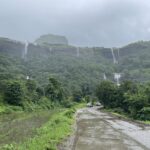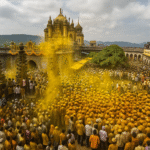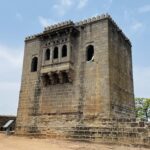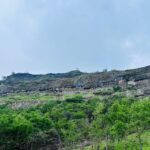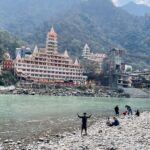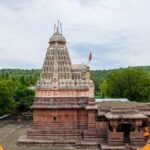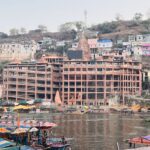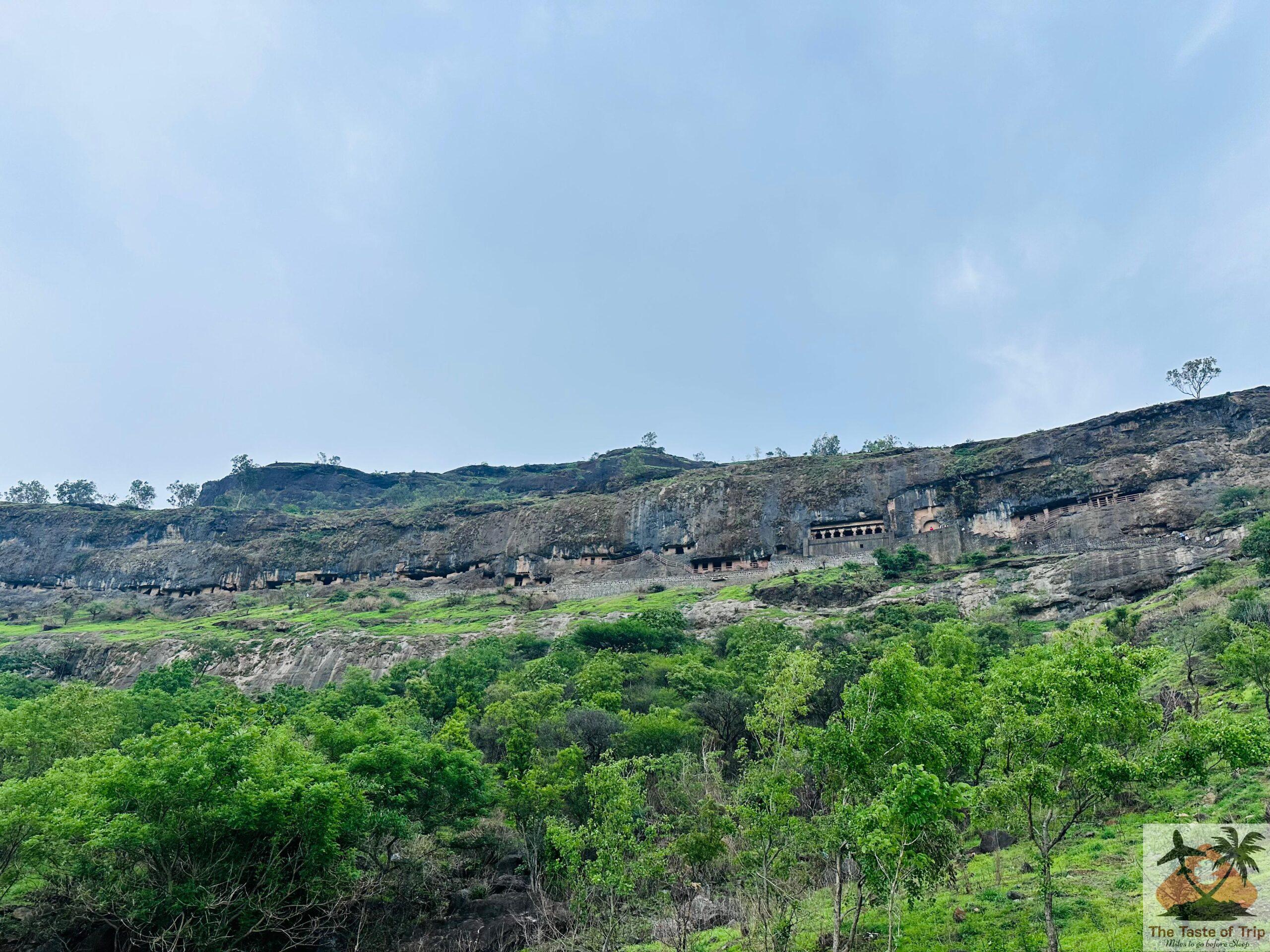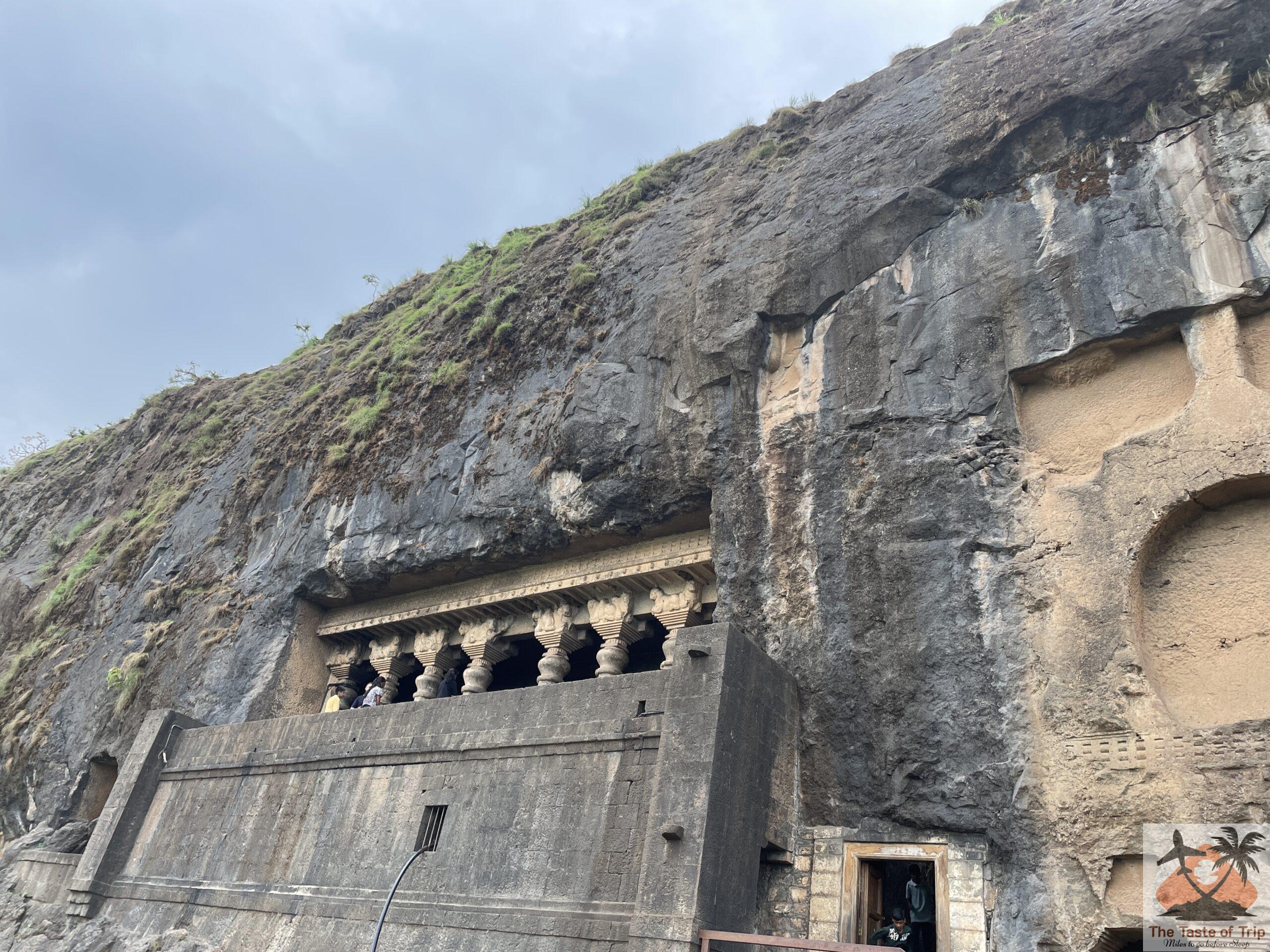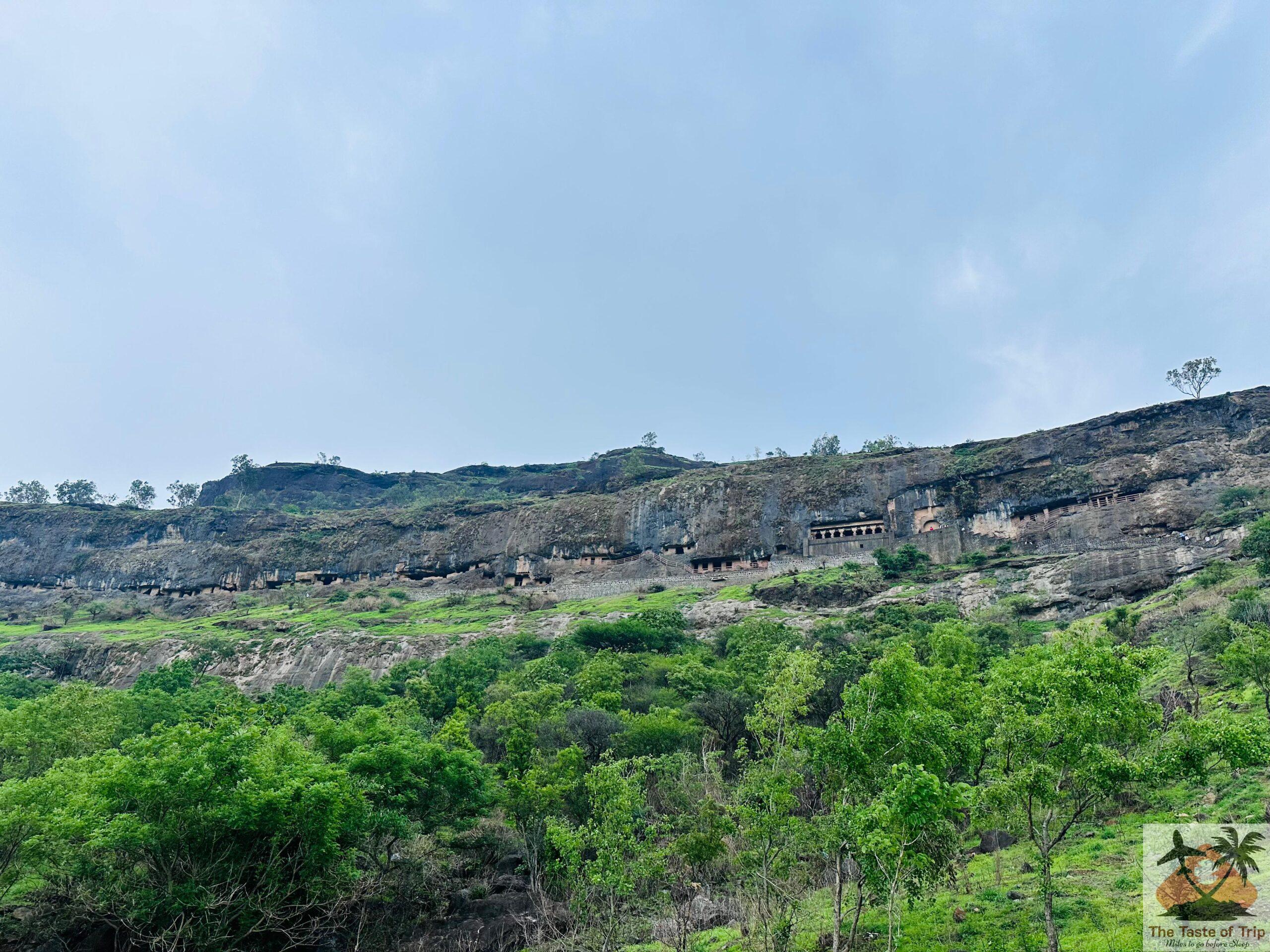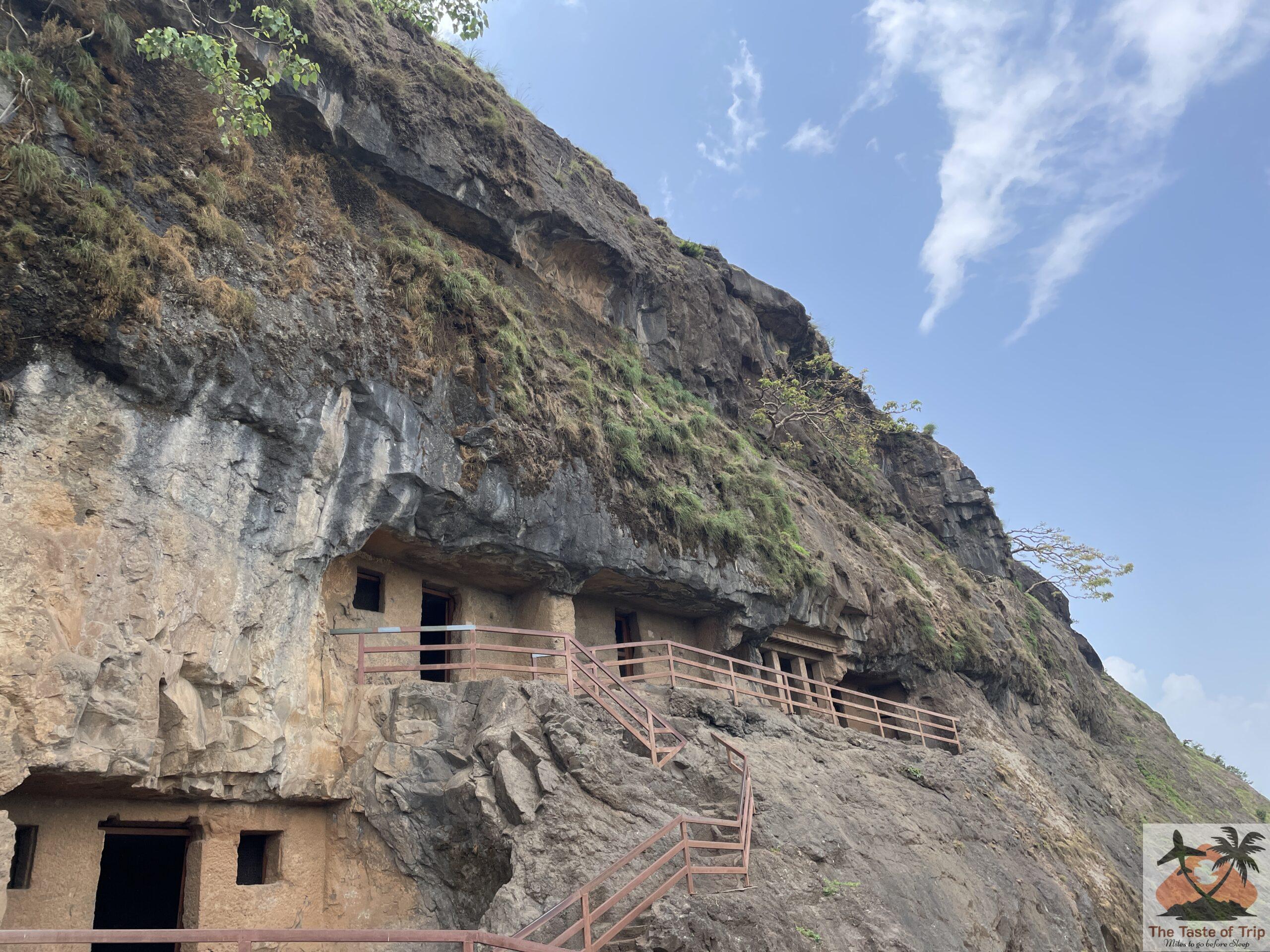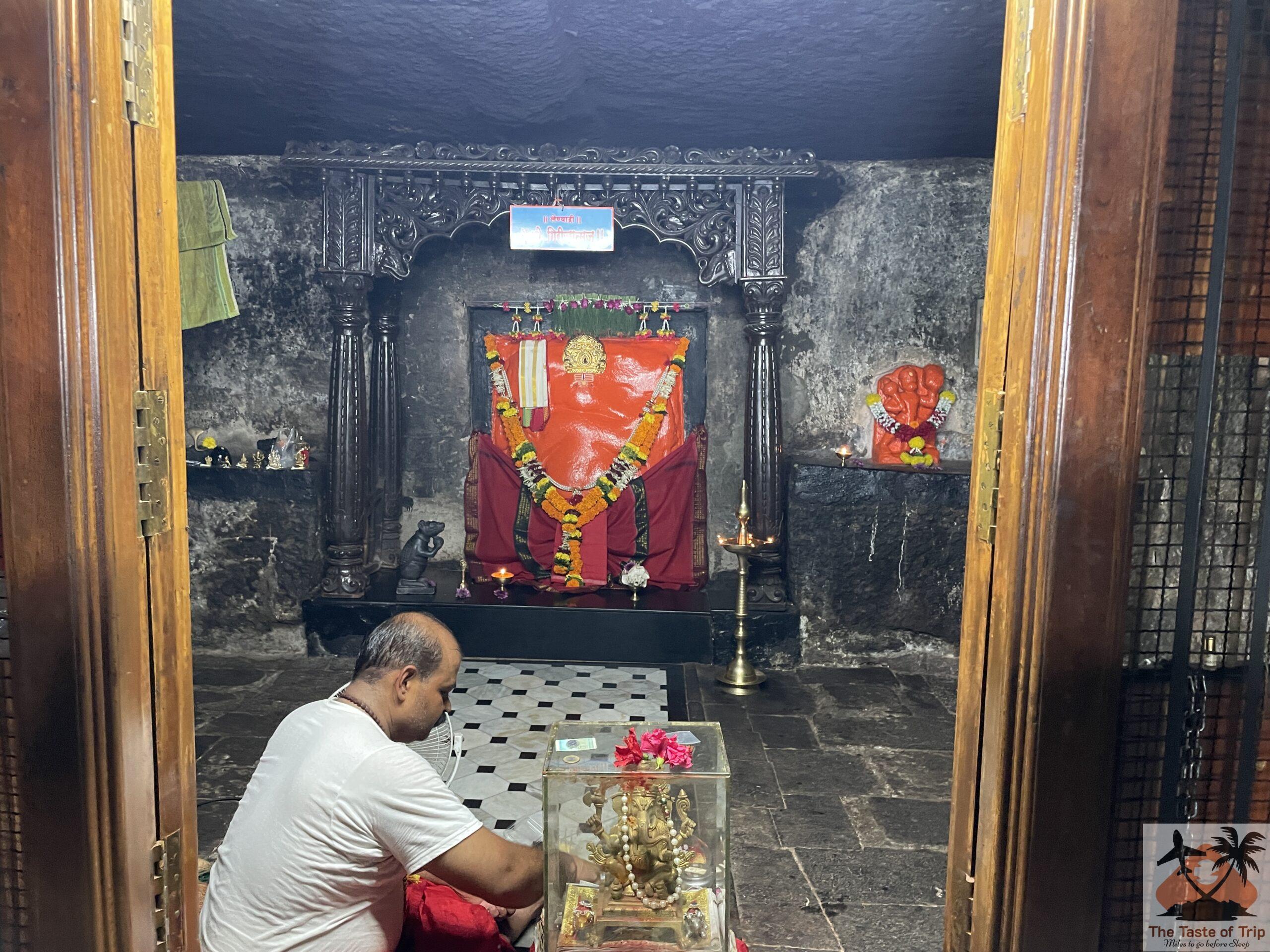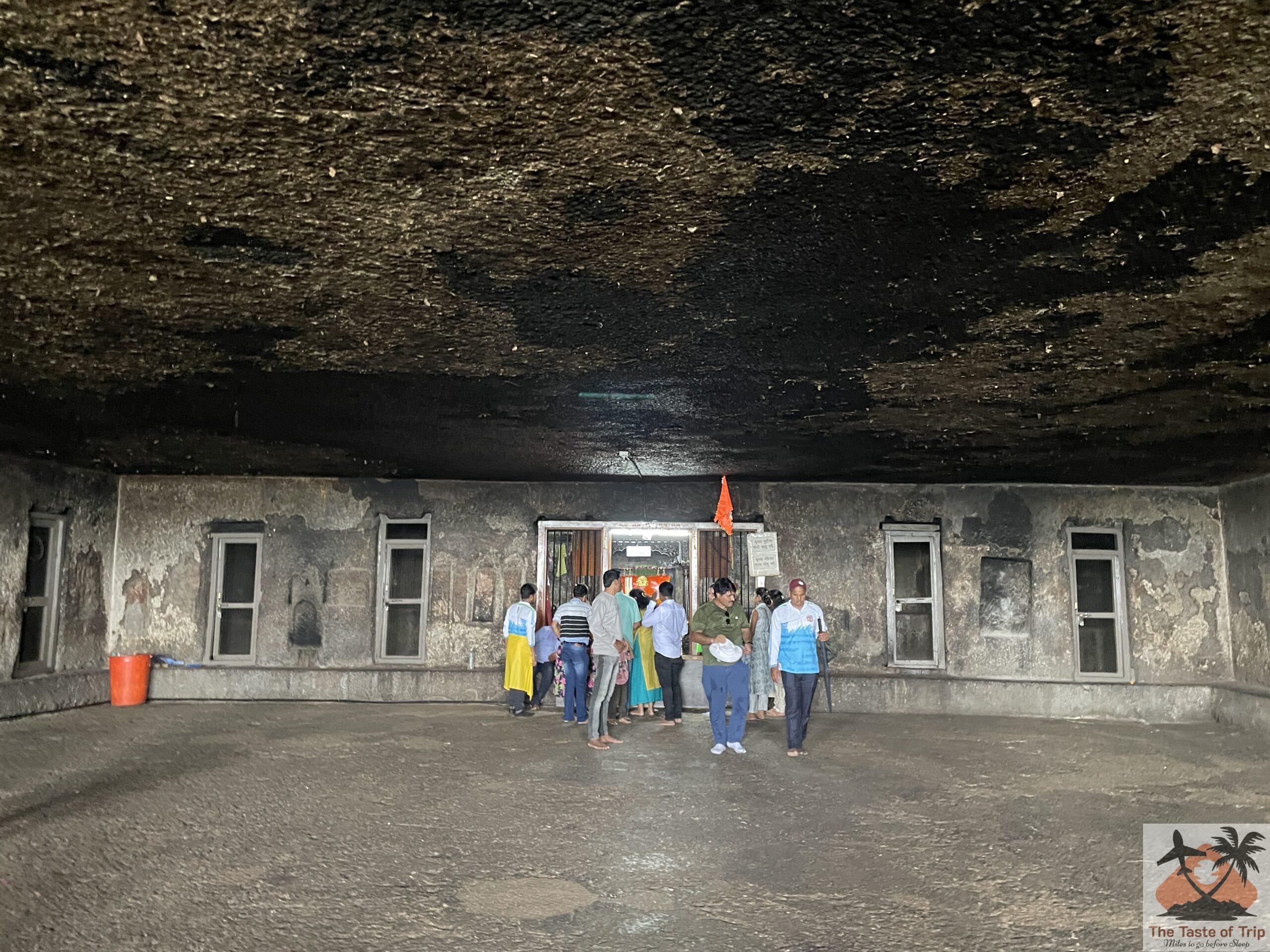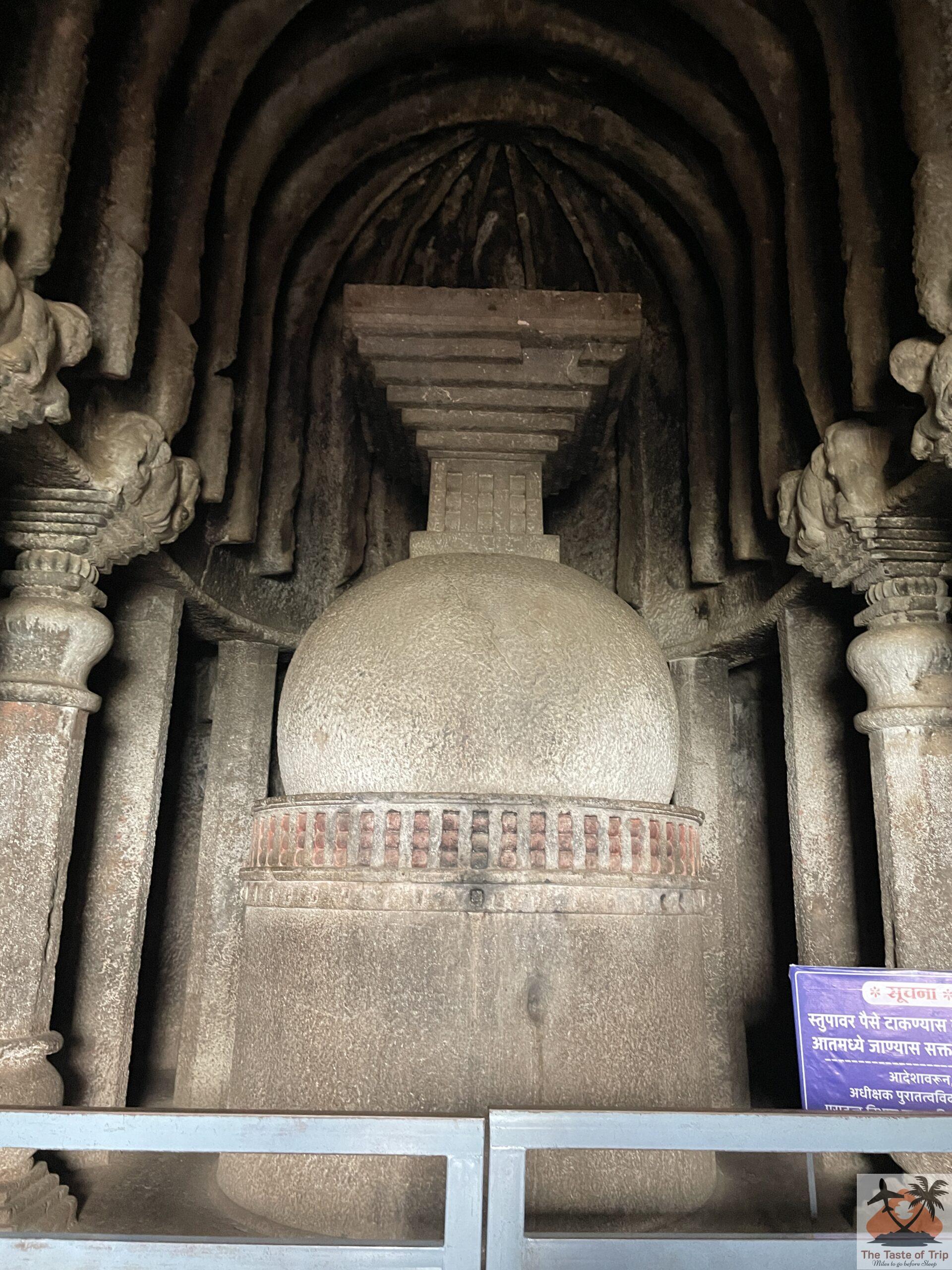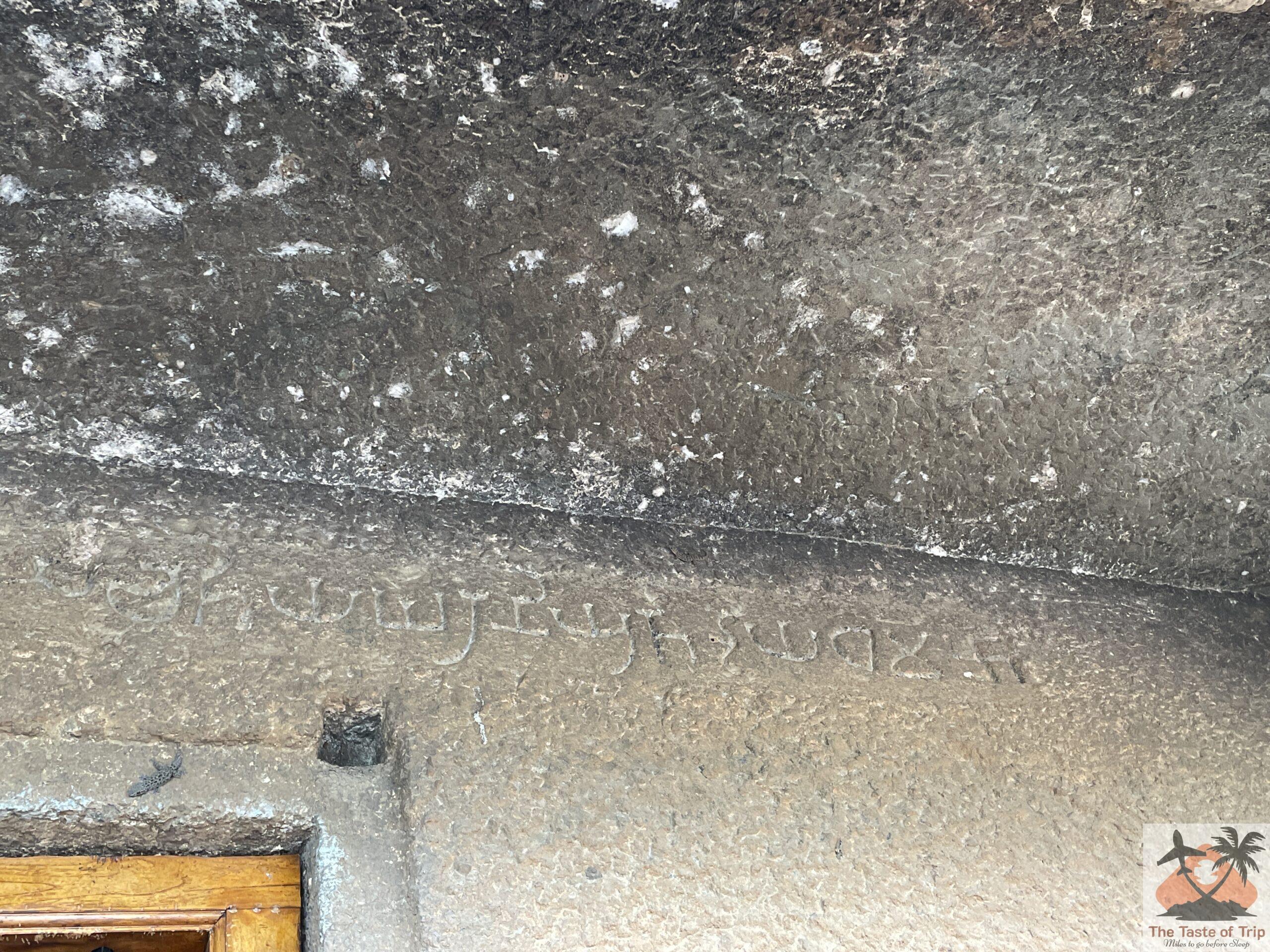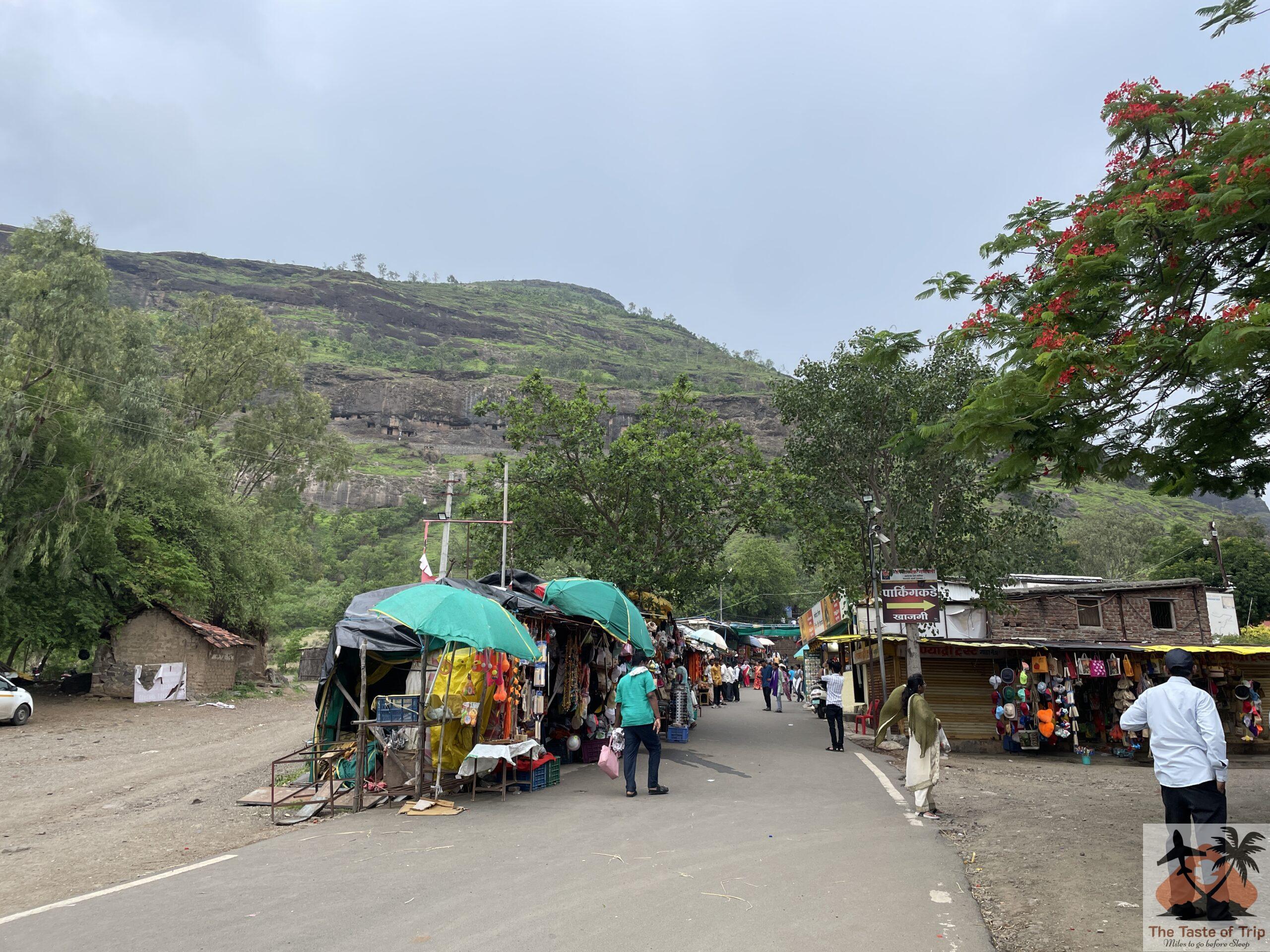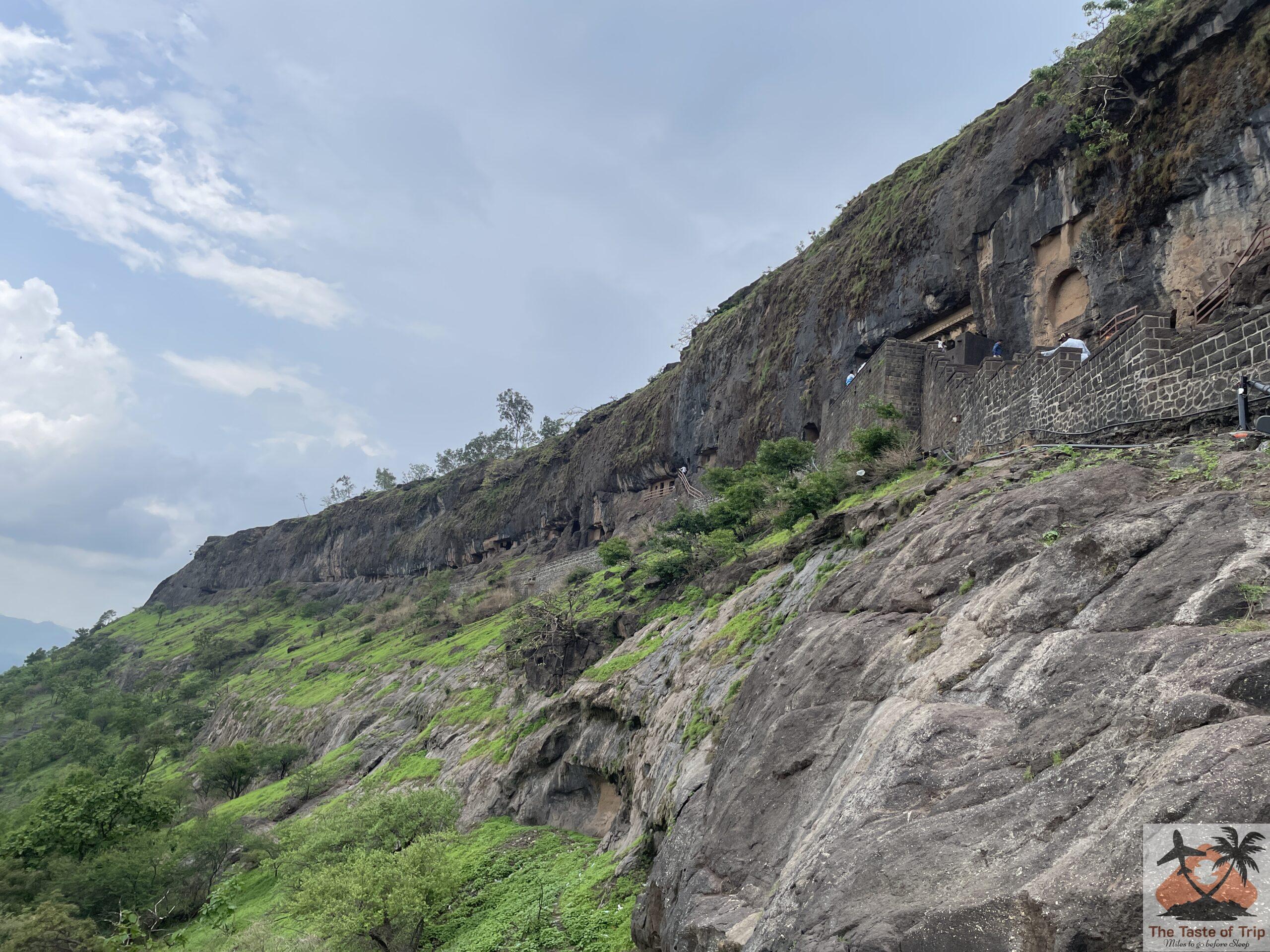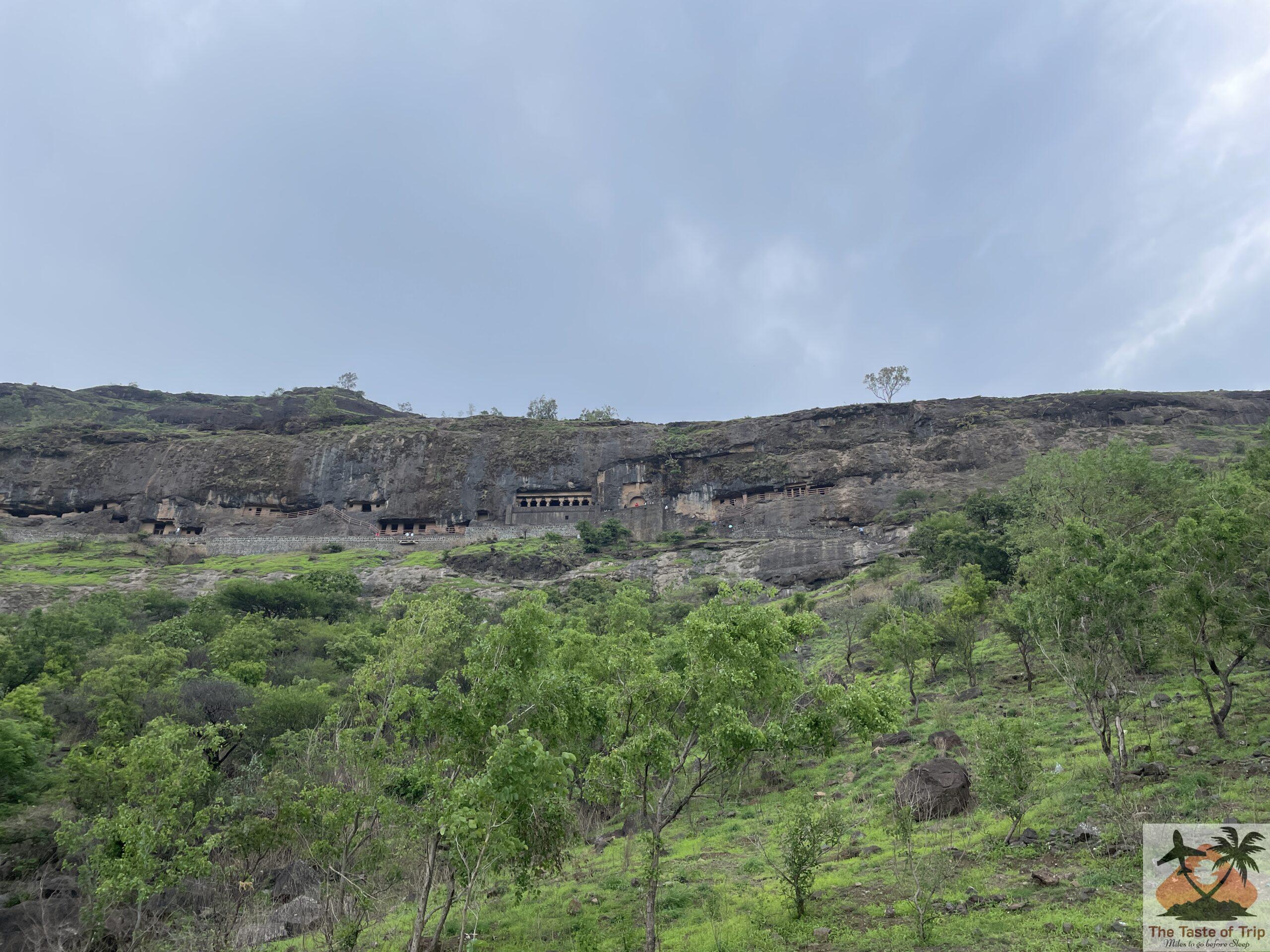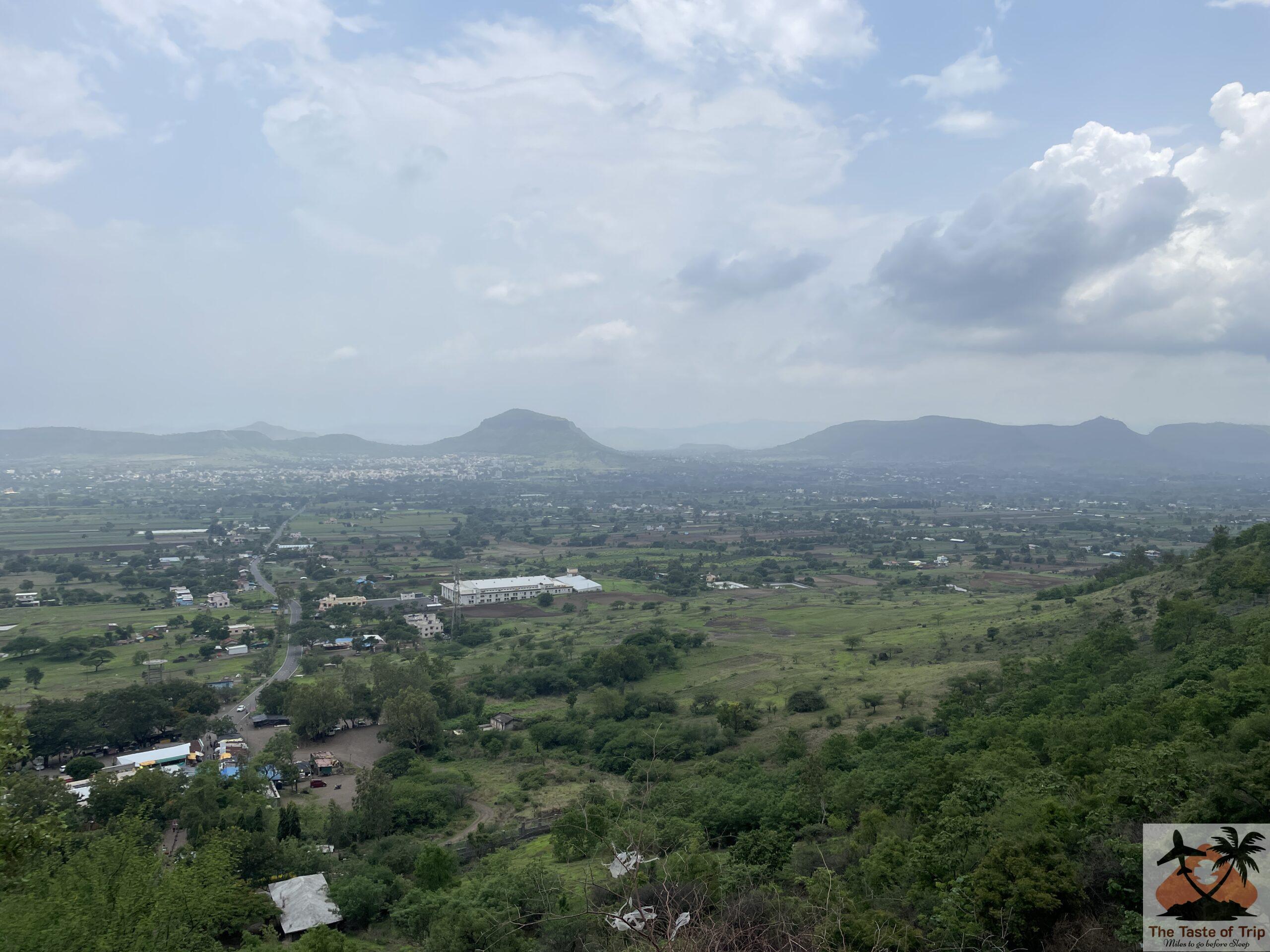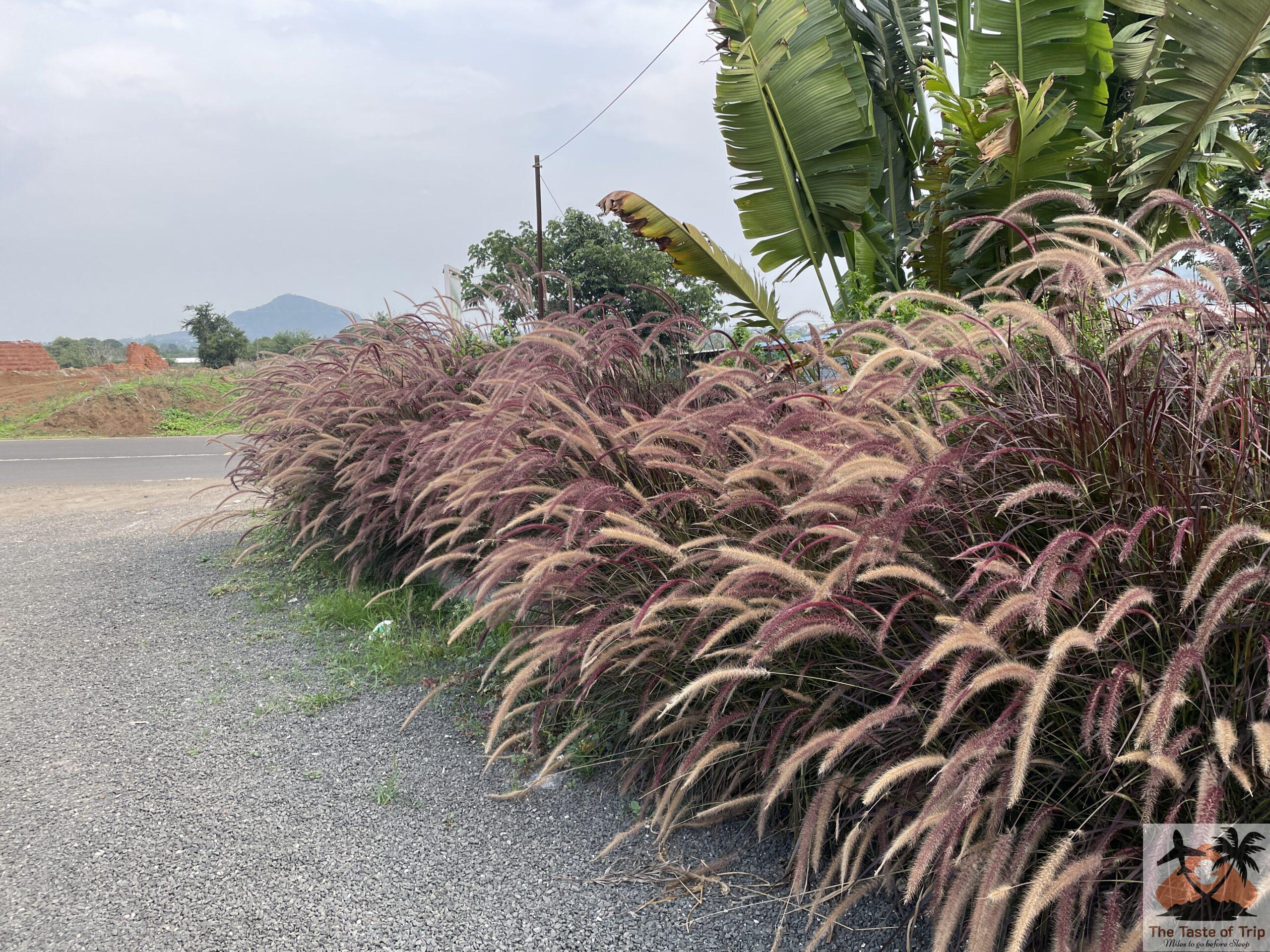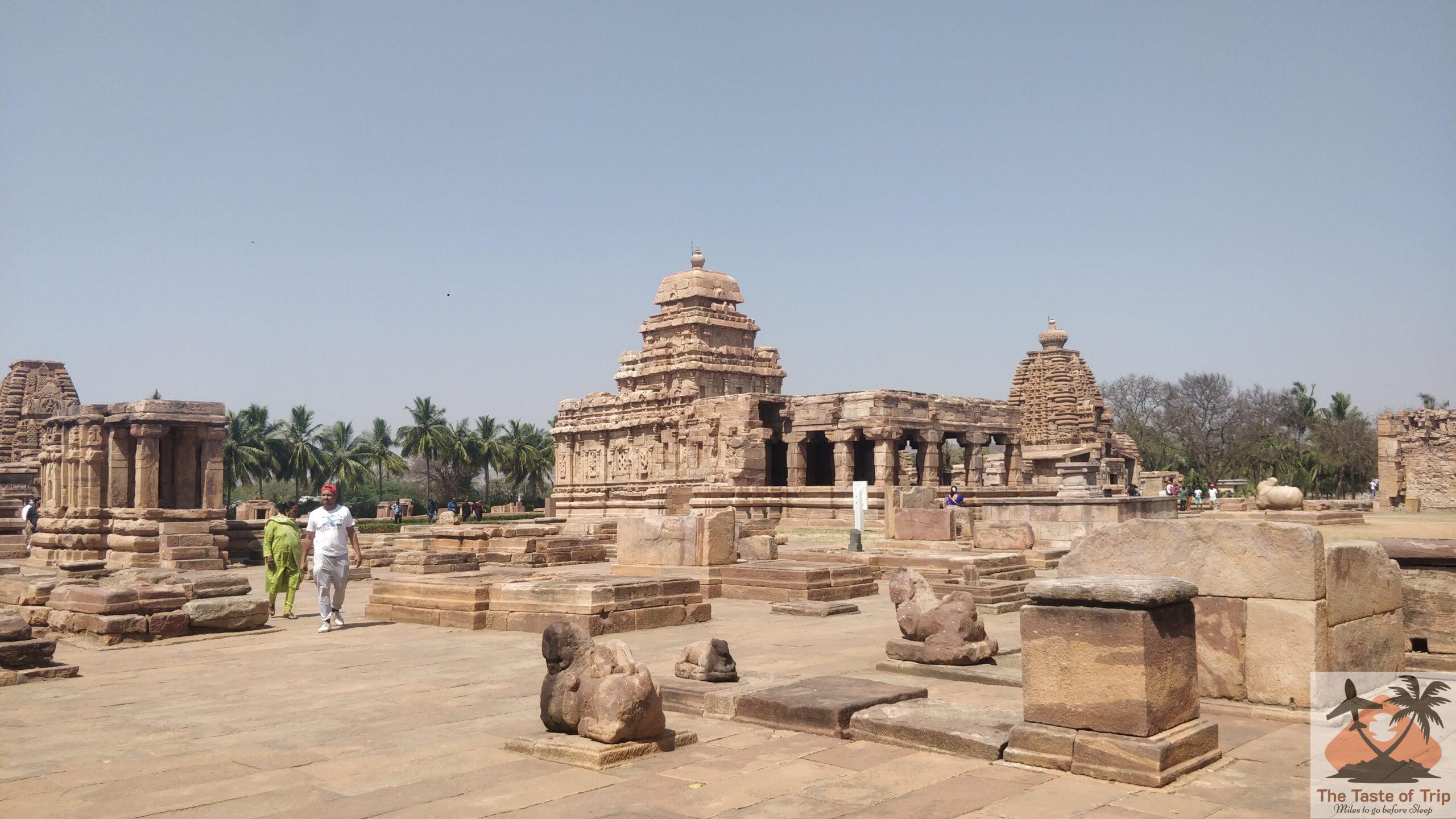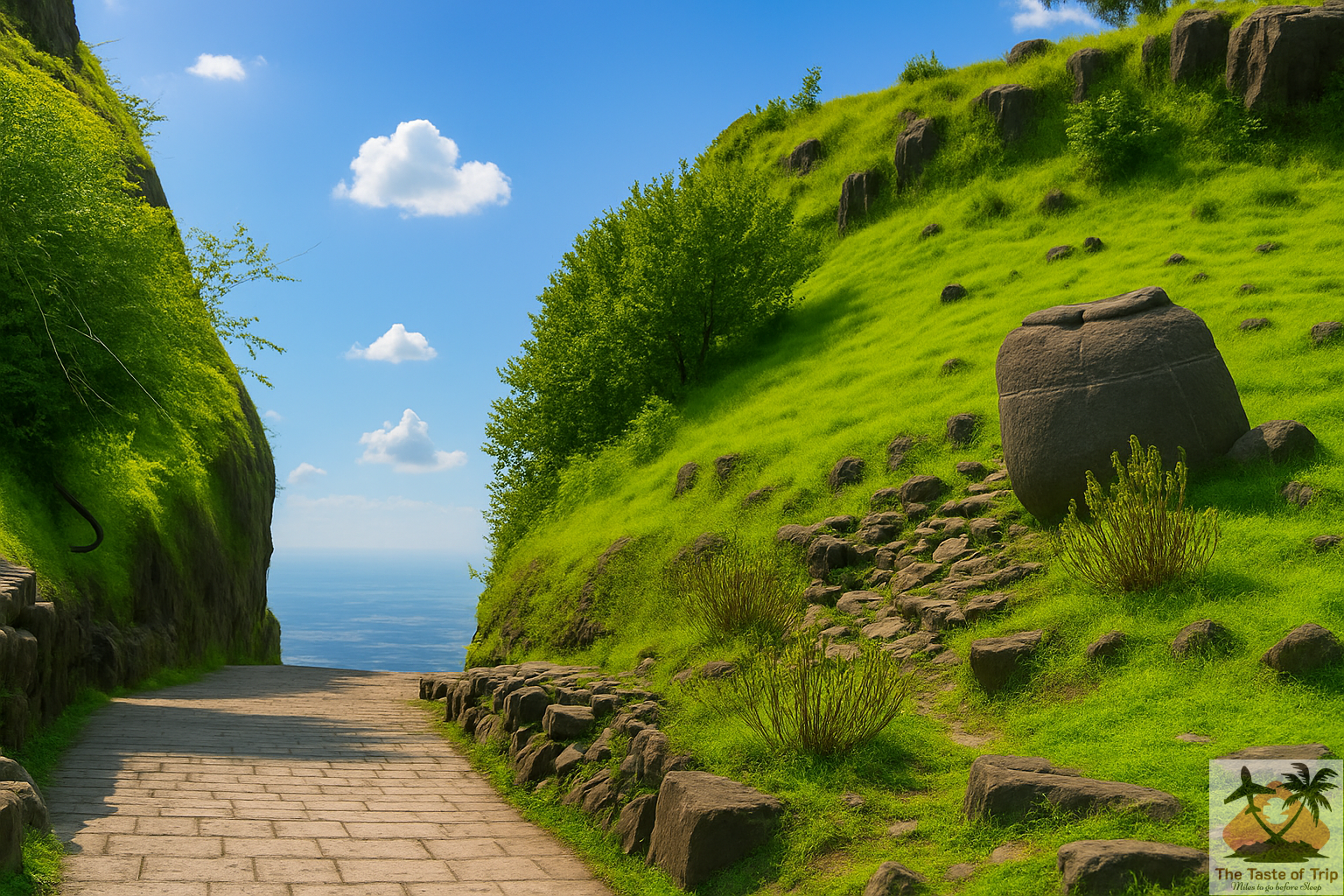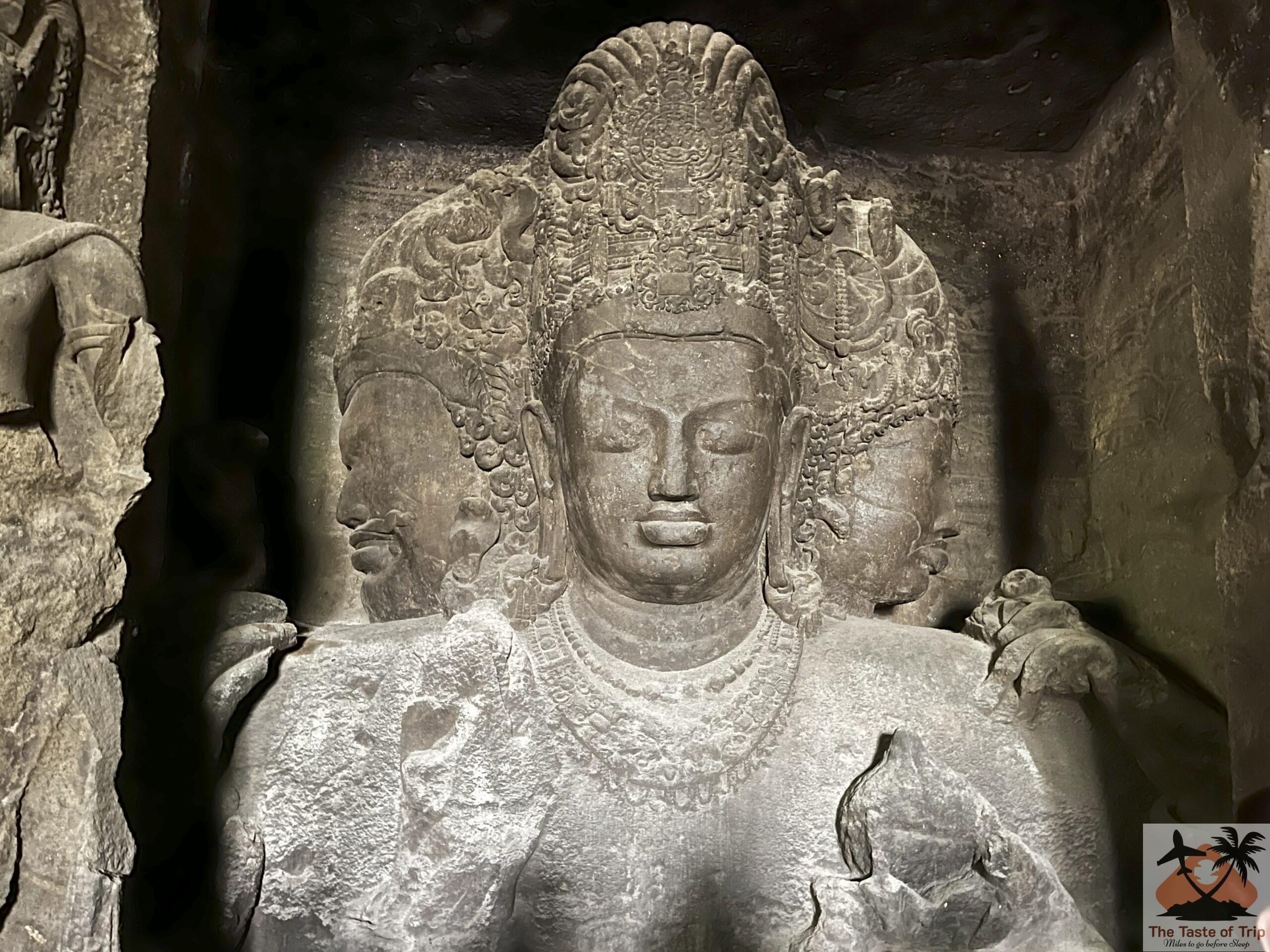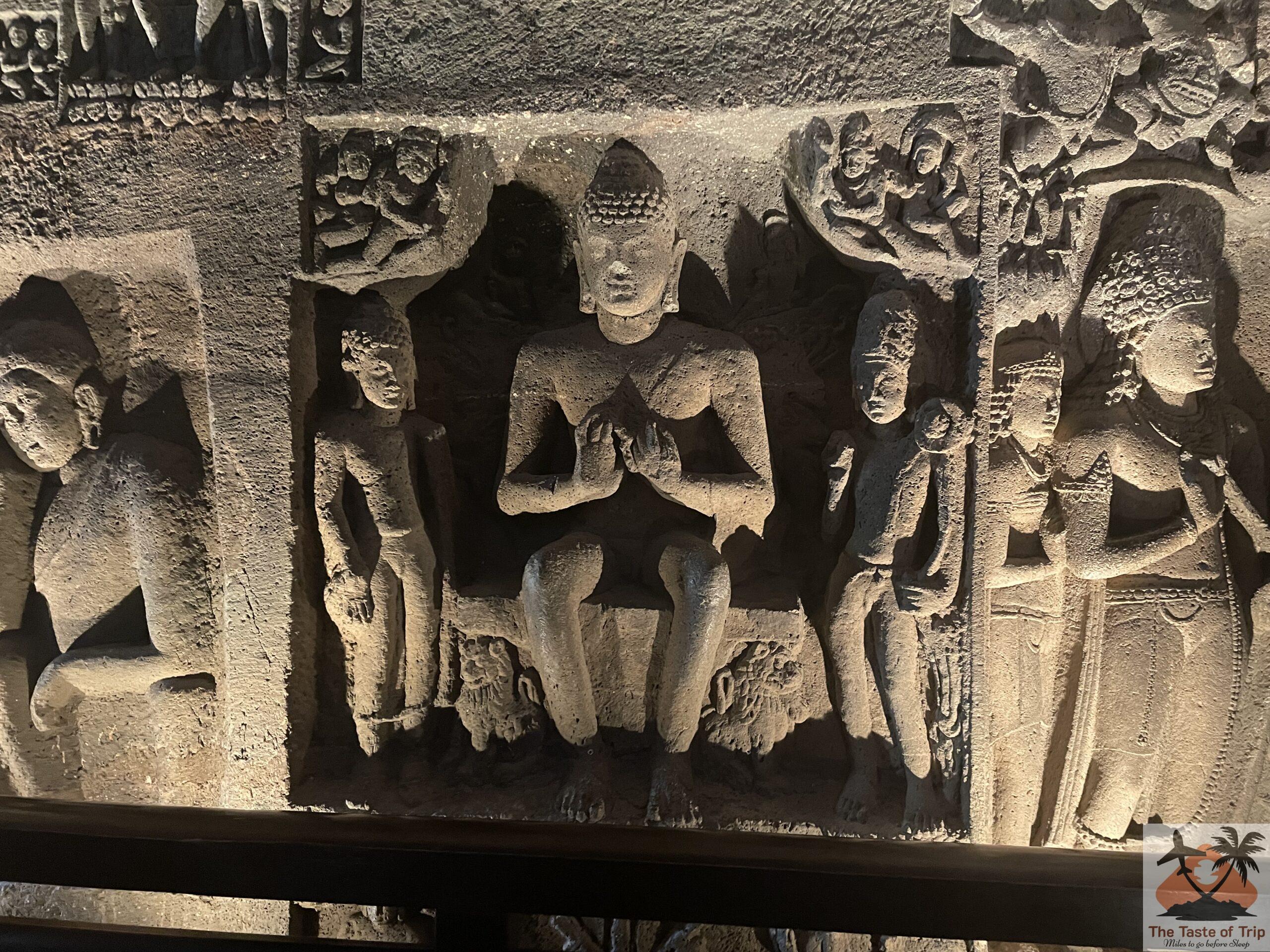Nestled in the majestic Sahyadri hills of Maharashtra, the Lenyadri Caves Junnar are an awe-inspiring combination of spirituality, ancient architecture, and natural beauty. Located in the Junnar Taluka of Pune district, these caves stand as a powerful reminder of India’s glorious past and its deep-rooted spiritual traditions.
➥A Remarkable Group of 30 Ancient Caves
Lenyadri is home to a stunning group of 30 rock-cut caves, carved between the 1st and 3rd century CE. These caves served as a peaceful retreat for Buddhist monks, who used them for meditation, study, and residence. They were built during the Satavahana dynasty, a time when Buddhism was widely supported by rulers and merchants alike.
In fact, many caves were funded by wealthy traders and devoted followers, as evident from ancient Brahmi inscriptions still visible on the cave walls and pillars. These inscriptions mention the names of donors and provide insights into the social and cultural life of that era.
➥Girijatmaj Ganpati: The Sixth Shrine of the Sacred Ashtavinayak Yatra
Among all the caves, Cave No. 7 holds a special place as it houses the famous Girijatmaj Ganesh Temple, one of the eight holy Ashtavinayak shrines in Maharashtra. This temple is dedicated to Lord Ganesha, believed to have been born to Goddess Parvati after her intense penance in the mountains.
What makes this temple truly unique is that the idol of Ganesha is carved directly into the cave wall, without the use of pillars or separate sculptures. The deity faces inward and slightly to the right-a rare feature in temple design. To reach this sacred spot, visitors must climb approximately 283 stone steps, enjoying panoramic views of the surrounding valleys and countryside along the way.
➥Architecture That Reflects Simplicity and Skill
Although the caves appear simple in design, they reflect extraordinary craftsmanship. The entire complex was carved out of a single hill, showcasing the brilliance of ancient Indian stone-cutting techniques. The caves are primarily divided into two categories-Viharas (monasteries) and Chaityas (prayer halls).
Viharas were the living quarters for monks and usually included a large hall with small individual cells along the sides. Some of these cells even contain rock-cut beds and pillows, offering a glimpse into the minimalist lifestyle of Buddhist monks. On the other hand, Chaityas were used for religious gatherings and often featured semi-circular ceilings and stupas at the end of the hall. A few caves also include pillars with simple carvings and Buddhist symbols, adding subtle decorative elements.
➥Smart Water Systems from the Past
One of the most impressive features of the Lenyadri Caves is their ancient water management system. Several caves contain rock-cut water tanks and cisterns designed to collect and store rainwater. These structures reveal the thoughtful planning and engineering skills of the people who built them, ensuring that water was available even during dry seasons.
➥A Paradise for Nature Lovers and Adventure Seekers
While the caves are a spiritual treasure, they also attract trekkers and nature lovers. The climb up the hill to reach the caves offers an adventurous trail filled with scenic beauty. From the top, one can enjoy sweeping views of green fields, forests, and distant hills. The peaceful surroundings make it a perfect escape from the hustle and bustle of city life.
Whether you’re a history enthusiast, spiritual seeker, or nature explorer, Lenyadri has something for everyone. The caves offer a rare combination of ancient Buddhist heritage and Hindu devotion, all set in the serene backdrop of the Western Ghats. Visitors come not only to seek blessings at the Girijatmaj Temple but also to experience the rich heritage and natural charm of the region.
The Lenyadri Caves are more than just stone structures-they are living stories of devotion, art, and ancient wisdom. They remind us of a time when religion, architecture, and nature coexisted in perfect harmony. If you’re ever in Maharashtra, make sure to visit this incredible site. It promises not just a journey through winding steps and stone halls, but also a journey within yourself. You can also visit nearby attractions such as Shivneri Fort, the birthplace of Chhatrapati Shivaji Maharaj, and the Naneghat Pass, famous for its scenic beauty and historical significance as an ancient trade route.
**************************
➜ Don’t Miss at Lenyadri Caves Junnar: Visit the Girijatmaj Ganesh Temple (Cave No. 7), one of the sacred Ashtavinayak shrines. Climb around 283 steps while enjoying the scenic natural beauty of the hills. Explore the ancient Buddhist caves, admire their rock-cut architecture, meditation halls, viharas (monastic residences), and the traditional water management systems. Don’t forget to observe the ancient inscriptions and carvings on the cave walls. Photography enthusiasts will love capturing the stunning views of valleys and surrounding hills.
➜ How to Reach Lenyadri Caves Junnar: Lenyadri Caves are located in the Junnar Taluka of Maharashtra, about 95 kilometers from Pune. You can easily reach the site by car, taxi, or bus. The nearest railway station is Pune, and the closest airport is also in Pune.
➜ Best Time to Visit Lenyadri Caves Junnar: The ideal time to explore Lenyadri is between October and March, when the weather is cool and pleasant. You can also witness special religious celebrations during the monsoon (Sawan) and on Ganesh Chaturthi.
➜ Time Required to Explore Lenyadri Caves Junnar: It typically takes around 3 to 4 hours to explore the caves and temple complex thoroughly. If you’re interested in history and archaeology, consider spending a full day at the site to truly appreciate its depth and detail.
Information Source: Authentic information sources available on internet, Various Articles and books on the subject & Interaction with local public.
For more information & feedback write email at : ikanchan2024@gmail.com
